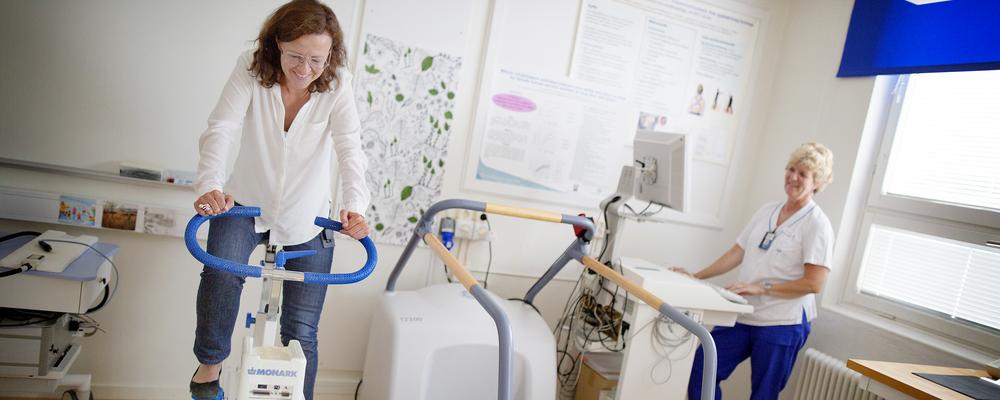
Occupational and environmental medicine
Occupational and Environmental Medicine explores how everyday surroundings influence health. This includes examining factors such as noise, chemicals, air pollution, physical strain, and stress to understand how they contribute to illness, injury, and long-term well-being.
Our research
Our research focuses on identifying and understanding the environmental and workplace factors that shape human health. We investigate topics such as the health effects of sound and noise, the development and early detection of airway diseases, and the impact of toxic substances and climate conditions on workers and the general population. Our work combines clinical expertise, laboratory studies, and population-based research to support healthier environments and inform evidence-based prevention and policy.
Research groups, networks, and ongoing studies
- Anna-Carin Olin - Biomarkers in breath
- Lars Gerhardsson - Vibration and Health
- Natalia Caldeira Loss Vincens and Michael Smith - Sound Environment and Health
- Leo Stockfelt - Environmental Medicine and Toxicology (MTOX)
- Håkan Tinnerberg - Occupational Hygiene and Occupational Medicine
- Mats Hagberg
- Kerstin Persson Waye
- Find all research projects within the Institute of Medicine
